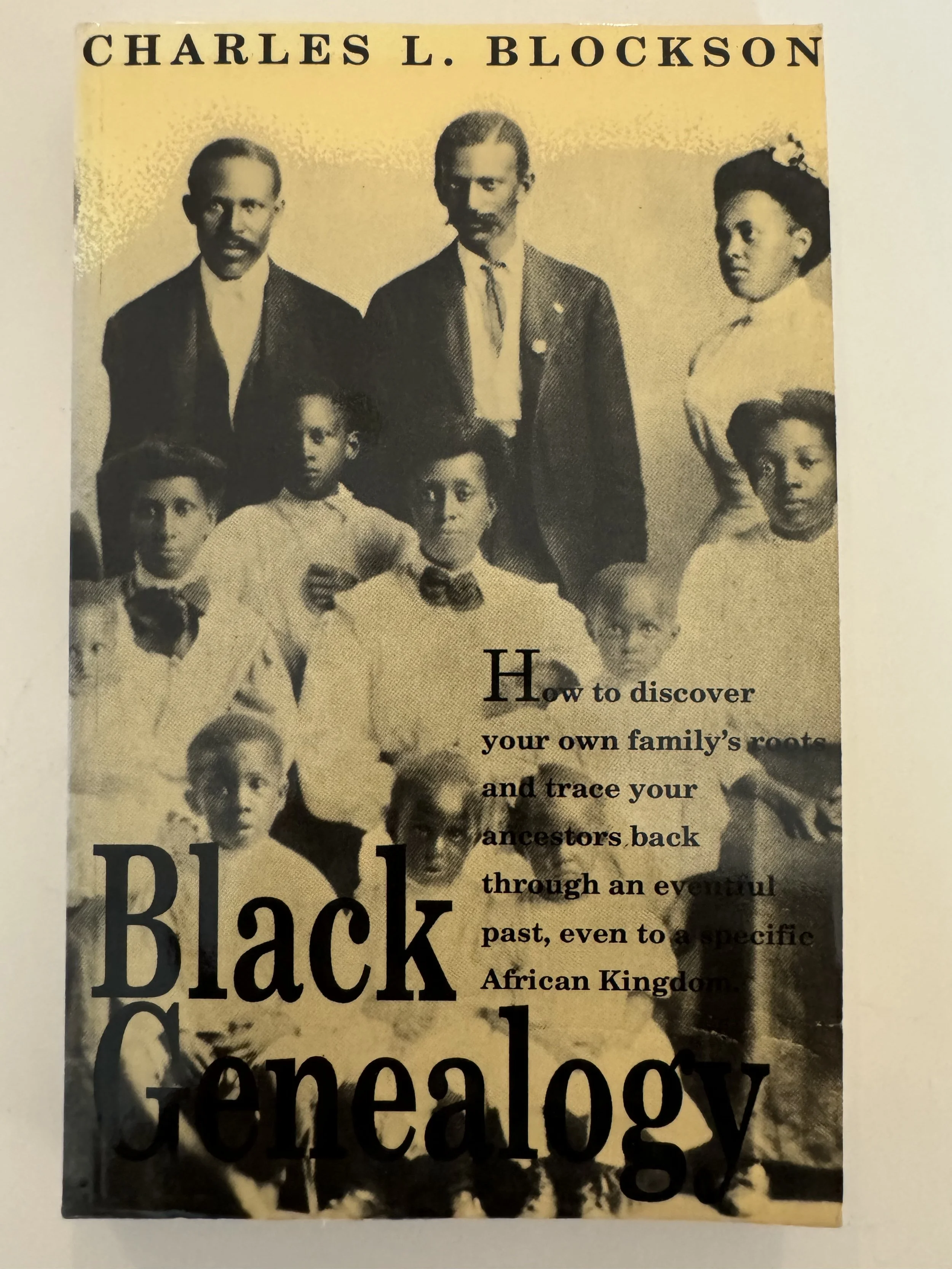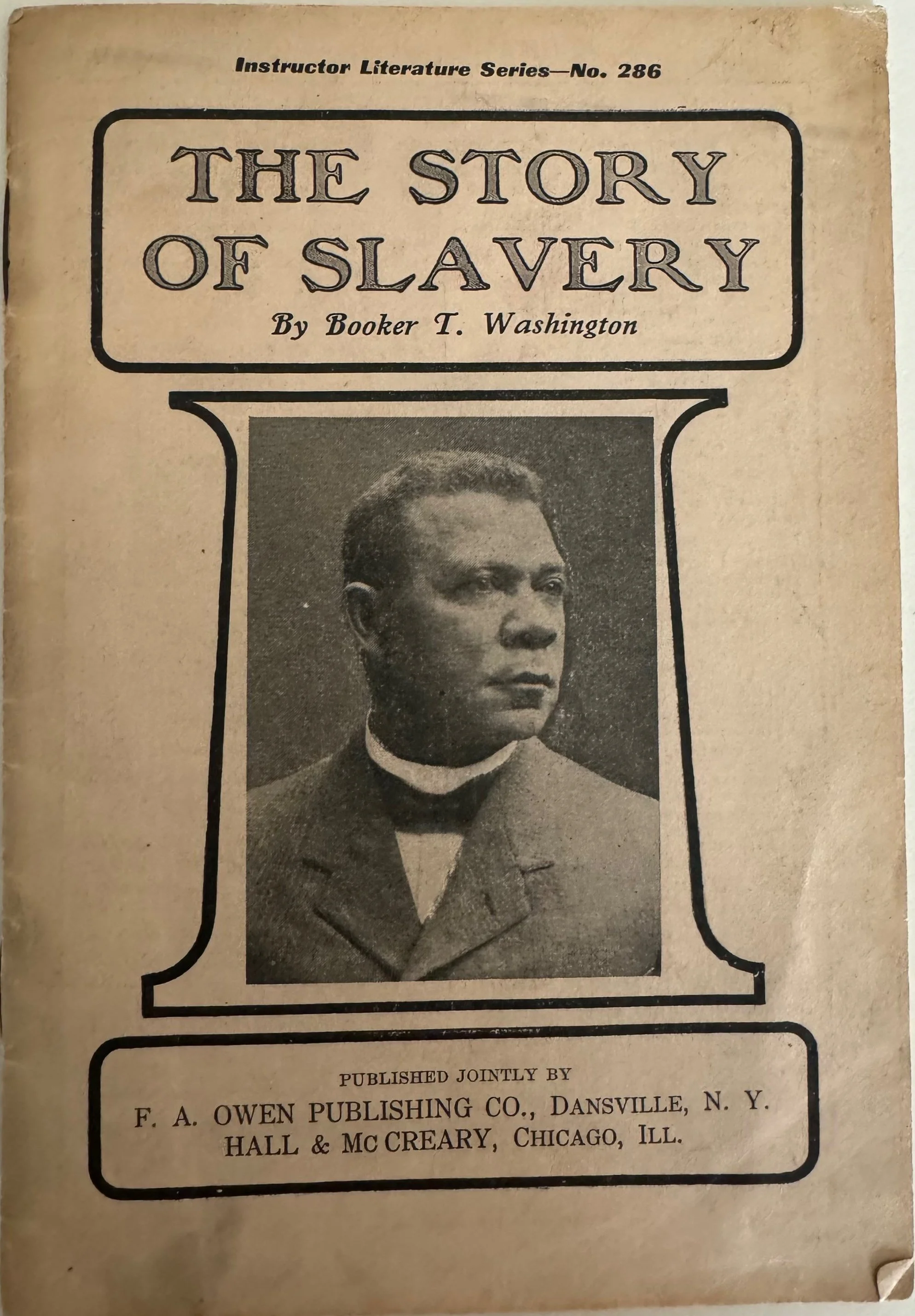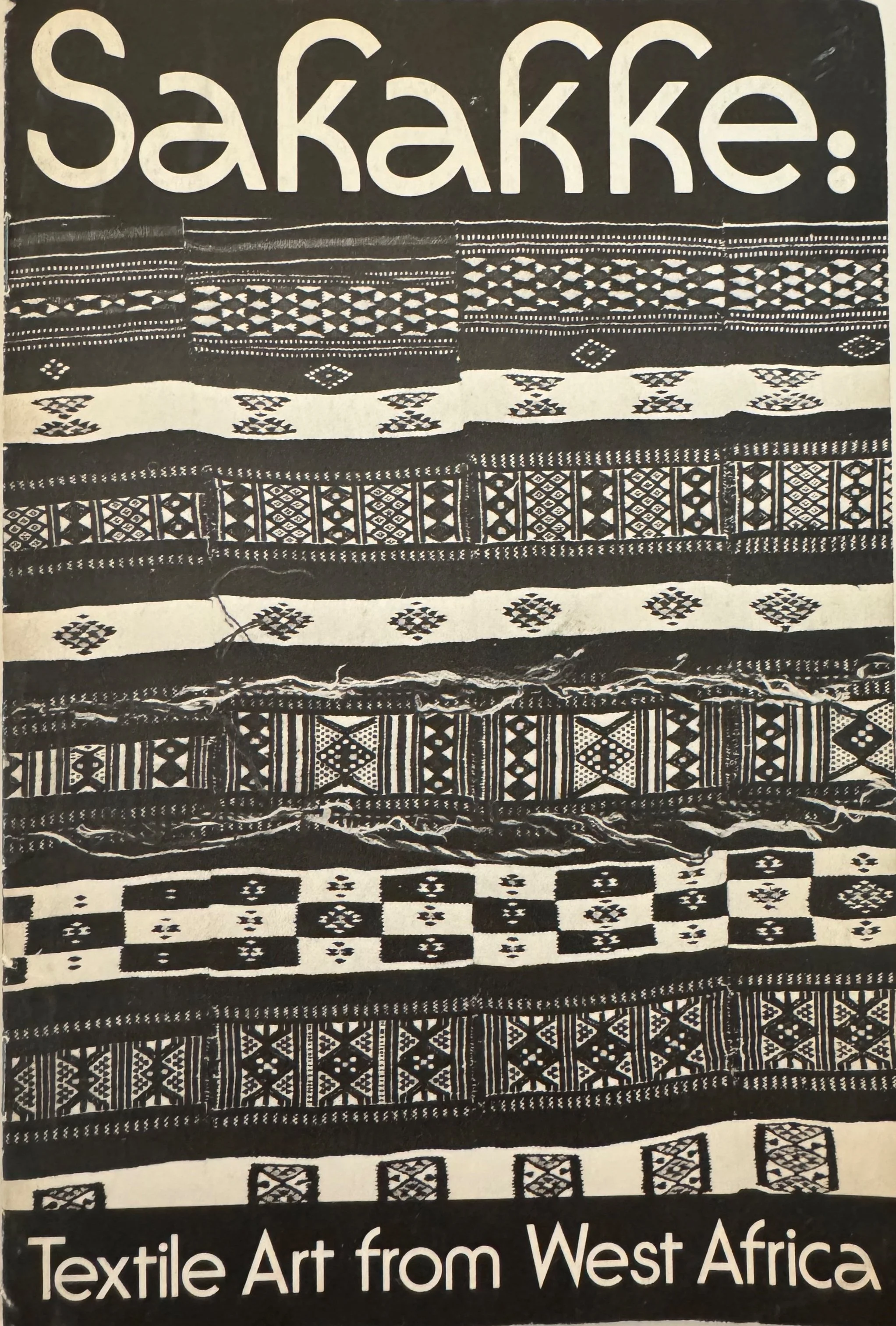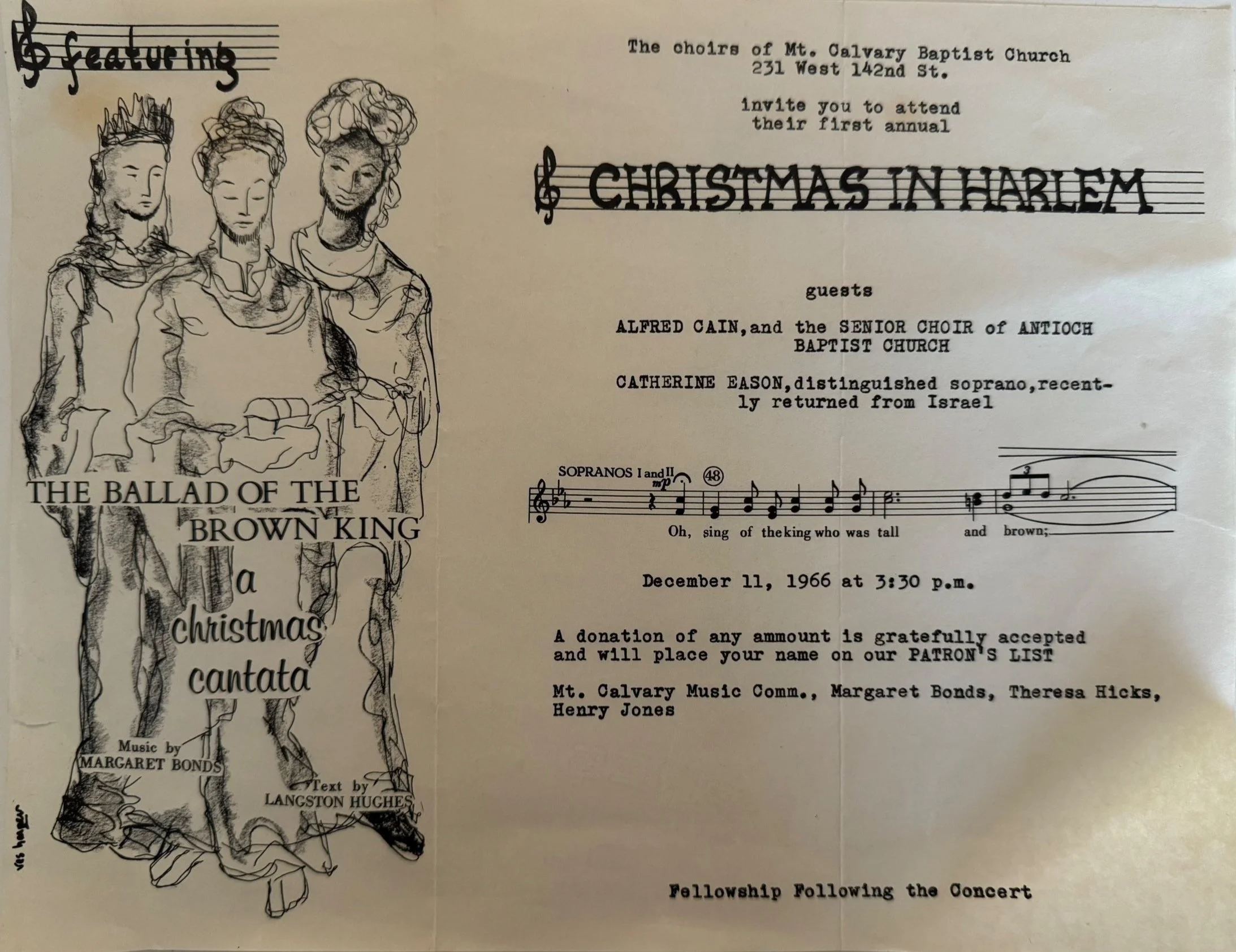THE MONTGOMERY COLLECTION ARCHIVE
The collection was acquired over the past 50 years from estate sales, flea markets, collectibles dealers, museum deaccessions and private sales. Their life's work became the foundation of DiasporaDNA Story Center.
There exists a wide range of diverse items within the Montgomery Collection. From historically significant books like The Refugee: A North-Side View of Slavery by Benjamin Drew, which details the narratives of fugitive slaves, to entertainment memorabilia such as photographs and awards related to comedian and civil rights activist Nipsey Russell, the collection offers an expansive view of Black history. Other items, like The Journal of Negro History, edited by Carter G. Woodson, document scholarly contributions to the study and preservation of African American life, while artifacts like the travelogue Lake Ngami capture the complex intersections of exploration, colonialism, and African culture.
By digitizing these artifacts, the Montgomery Collection will make these invaluable materials accessible to scholars, educators, and the public, ensuring their preservation for future generations. The collection’s breadth not only captures individual moments in history but also provides a holistic narrative of African American experiences that span literature, social justice, culture, and entertainment.
DiasporaDNA Story Center is fueled by a living archive, a sanctuary for the voices of the Global Majority and their diasporas: The Montgomery Collection, founded by the hands of Sandra Brannon Montgomery an Artist & Educator & Dr. Elvin Montgomery Jr., a Black history scholar, Appraiser, Professor and Genealogist. Monicas parents knew the power and promise of preserving history.
It contains over 5,000 artifacts, featuring the lives, struggles, tests and triumphs of the Global Majority and its Diasporas. It is a treasure chest of history, holding vast quantities of ephemera from the mid-19th century into the heart of the 20th century. It’s a tapestry woven with books, pamphlets, photographs, broadsides, vinyl records, tracing the pathways of Black life through the Americas, the Caribbean, the Continent of Africa and expanding beyond to include India, Asia, Oceana, Native Nations and more. Our efforts ensure their stories will endure—accessible not just to scholars but to every person seeking to connect with their roots and reclaim lost narratives.
Collecting African American History
by Dr. Elvin Montgomery
Dr. Montgomery is the author of one of the finest books on Black Americana, Collecting African American History (2001, Stewart Tabori & Chang); the first comprehensive, illustrated book offering in-depth information about African American collectibles, highlighting the value of black history and the case for investing in material culture of the black experience. Having been an unabashed history buff and bibliophile, for over 30 years, Elvin was very interested and active in the antiques and collectibles world.
SELECTED ARTIFACTS
“Until the lion learns how to write, every story will glorify the hunter.” ~Chinua Achebe
The Montgomery Collection is a treasure chest of history, holding roughly 5,000 items that stretch from the mid-19th century into the heart of the 20th century. It’s a tapestry woven with books, pamphlets, photographs, broadsides, vinyl records, and ephemera, tracing the pathways of Black life through the Americas, the Carribbean the Continent of Africa and beyond. By digitizing these fragile materials, we will ensure their stories endure—accessible not just to scholars but to every person seeking to connect with their roots and reclaim lost narratives.
Book: Lake Ngami; or, Explorations and Discoveries During Four Years' Wanderings in the Wilds of Southwestern Africa
Cultural Significance: Lake Ngami; or, Explorations and Discoveries During Four Years' Wanderings in the Wilds of Southwestern Africa (1857) by Charles John Andersson is an important work that reflects the 19th-century European perspective on African exploration. This travelogue documents Andersson’s expeditions in the Kalahari Desert and the Ngami region, providing a glimpse into the landscapes, wildlife, and indigenous cultures of Southwestern Africa. The book’s illustrations and detailed descriptions contributed to Western knowledge and understanding of Africa during a time when European colonization and exploration of the continent were rapidly increasing.
The text also captures the era’s fascination with “exotic” lands and peoples, albeit through a colonial lens that often prioritized European dominance and the portrayal of Africa as an uncivilized frontier. Works like Lake Ngami played a role in shaping Western perceptions of Africa, as they were among the few widely circulated resources offering information about the continent to European and American readers. Additionally, the accounts of wildlife and indigenous communities would have influenced the scientific, anthropological, and colonial endeavors of the period.
While Lake Ngami is valuable as a historical document, it must also be understood critically as part of the colonial narrative. The descriptions of indigenous people, their cultures, and the environment reflect the attitudes and biases of the time, often dehumanizing or oversimplifying complex societies. This text is significant not only for its content on African exploration but also for what it reveals about Western imperial attitudes toward Africa in the mid-19th century.
Copyright © 2023 - 2025 DiasporaDNA Story Center / DiasporaDNA. All rights reserved.
You're getting this message through your affiliation with Monica O. Montgomery MA who is a curator, community engager and consultant & Founding Executive Director of DiasporaDNA Story Center.














